Dr. Manmohan Singh born on 26 September 1932 in Gah, Punjab Province, British India (now in Pakistan), stands as one of India’s most respected leaders. His early life was shaped by the partition of India, which forced his family to relocate to Amritsar in 1948.
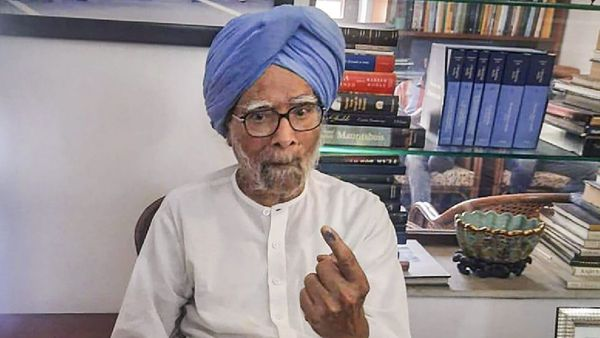
Table of Contents
Early Life and Academic Brilliance
From a young age, Singh demonstrated exceptional academic brilliance. He attended Hindu College in Amritsar before moving to Panjab University, then located in Hoshiarpur. There, he completed his bachelor’s and master’s degrees in Economics in 1952 and 1954, excelling as the top student in both. Singh’s quest for knowledge then took him to the University of Cambridge, where he completed his Economics Tripos in 1957 as a member of St. John’s College. Later, he earned his Doctorate in Economics from Nuffield College, Oxford, focusing on development economics.
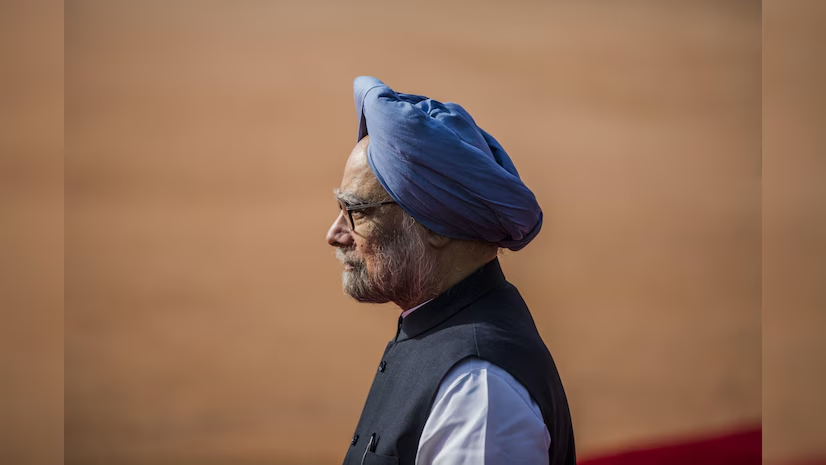
Singh’s intellectual journey laid the foundation for a stellar career as an economist, bureaucrat, and ultimately a politician. His sharp economic acumen and global perspective were instrumental in his role as India’s Finance Minister during one of the most challenging times in its history.
In 1991, India was staring at a financial abyss. Foreign reserves had dwindled, inflation was sky-high, and the country was on the brink of economic collapse. Enter Dr. Manmohan Singh, the newly appointed Finance Minister, who turned the tide with his revolutionary economic policies.
Transformational Roles in Indian Governance
Dr. Singh’s influence extended across several key positions, each leaving an indelible mark on India’s trajectory.
As Governor of the Reserve Bank of India (1982–1985)
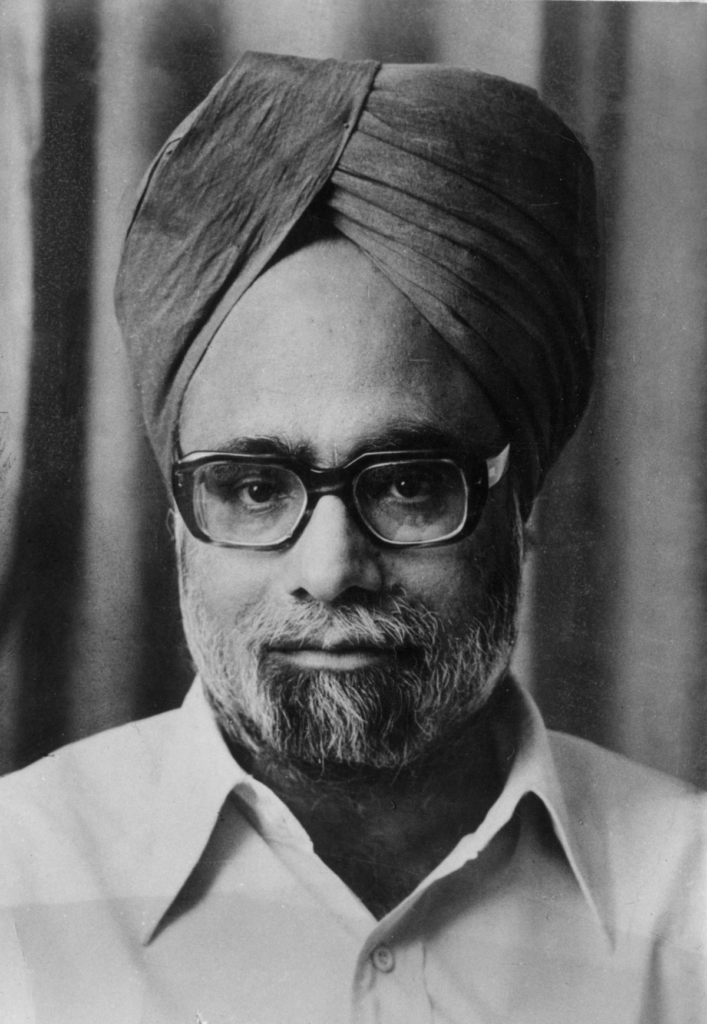
During his tenure as the 15th Governor of the Reserve Bank of India, Dr. Singh navigated complex financial challenges, ensuring stability in an era of global economic uncertainty. His leadership helped modernize the banking sector and set the stage for long-term economic planning.
As Finance Minister 1991 Economic Reforms (1991–1996)
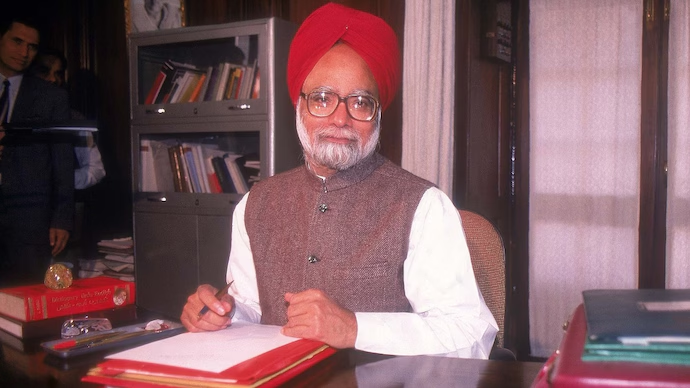
The year 1991 marked a watershed moment in India’s economic history. As Union Minister of Finance under Prime Minister P.V. Narasimha Rao, Singh spearheaded reforms that liberalized the Indian economy, dismantling decades of protectionism.
His visionary policies, including the dismantling of the License Raj, reduction of trade barriers, and promotion of foreign investments, revitalized India’s economy. GDP growth surged, industries flourished, and India emerged as a significant player on the global stage.
Leader of the Opposition (1998–2004)

Between 1998 and 2004, Singh served as Leader of the Opposition in the Rajya Sabha, offering balanced and informed critiques of government policies. His tenure showcased his commitment to constructive governance and his ability to navigate the complexities of Indian politics with grace.
As Prime Minister (2004–2014)
Dr. Singh’s ten-year tenure as India’s 13th Prime Minister was marked by significant developments. His government introduced landmark policies such as the Mahatma Gandhi National Rural Employment Guarantee Act (MGNREGA) and Right to Education (RTE).
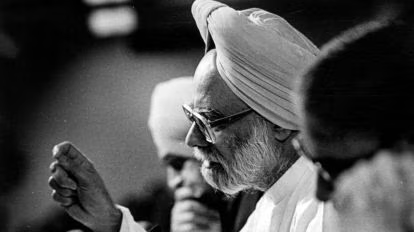
Despite global financial turbulence, Singh’s leadership ensured that India remained one of the fastest-growing economies. His emphasis on inclusive growth, digital innovation, and infrastructure development set a new benchmark for governance.
What Made the 1991 Economic Reforms a Turning Point?
Dr. Manmohan Singh implemented game-changing reforms under Prime Minister P.V. Narasimha Rao‘s leadership. Here’s what he achieved:

- Liberalization:
The oppressive License Raj, which required businesses to get countless permits to operate, was abolished. This move encouraged entrepreneurship and reduced bureaucratic hurdles. - Privatization:
State-owned enterprises, often inefficient and loss-making, were partially privatized. This invited innovation, competition, and growth from the private sector. - Globalization:
By allowing foreign direct investment (FDI) and reducing trade barriers, Singh opened India to the global market. This was a bold step for a country previously wary of external influence. - Currency Devaluation:
To stabilize the economy, the Indian rupee was devalued, making exports competitive and improving the balance of payments. - Tax Reforms:
Simplification of the tax structure and lowering of rates helped increase compliance and revenue.

These reforms stabilized the economy and laid the foundation for India’s emergence as a global economic player.
How Did the Reforms Impact the Common Citizen?
Thanks to Singh’s visionary policies, India saw a significant rise in GDP growth, reduced poverty levels, and the birth of a burgeoning middle class. Today’s thriving IT sector and startup ecosystem owe much to the reforms initiated in 1991.
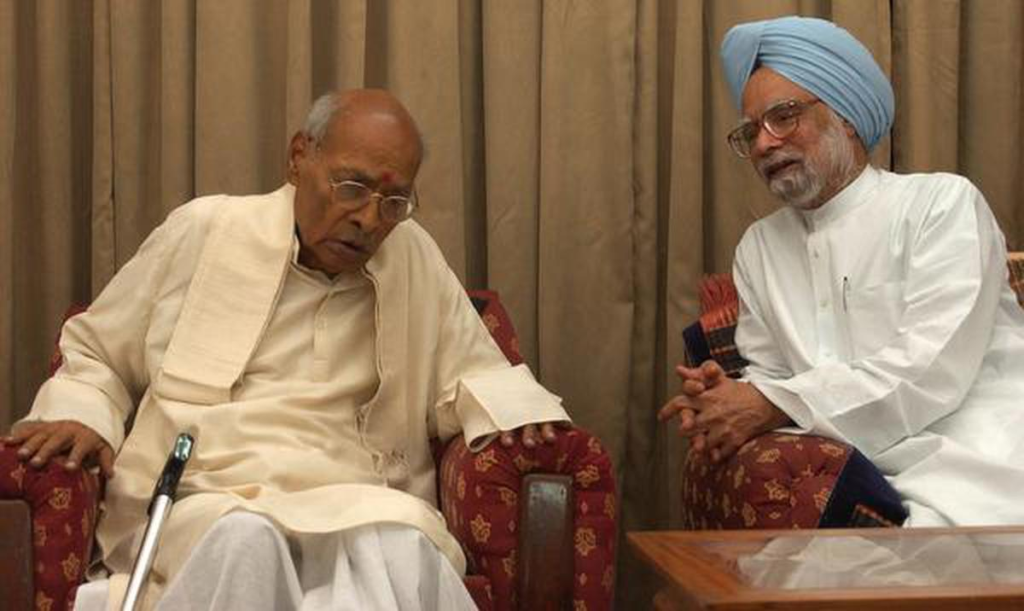
- Economic Growth:
India’s GDP growth surged from a sluggish 1.1% to over 5% by the mid-1990s. - Increased FDI:
Foreign investments flowed in, creating jobs, improving infrastructure, and boosting industrial output. - Rising Middle Class:
For the first time, millions of Indians had access to better opportunities, leading to the emergence of a strong middle class. - IT Revolution:
The liberalization policies became the launchpad for the IT and software services boom, making India a global hub for technology.
Dr. Manmohan Singh – India’s Finance Minister Is A Legacy Unmatched
Yes, not everyone welcomed the reforms. Critics argued that globalization and privatization would lead to income inequality and loss of sovereignty. However, Dr. Singh’s calm and data-driven approach silenced many skeptics as the economy improved steadily.
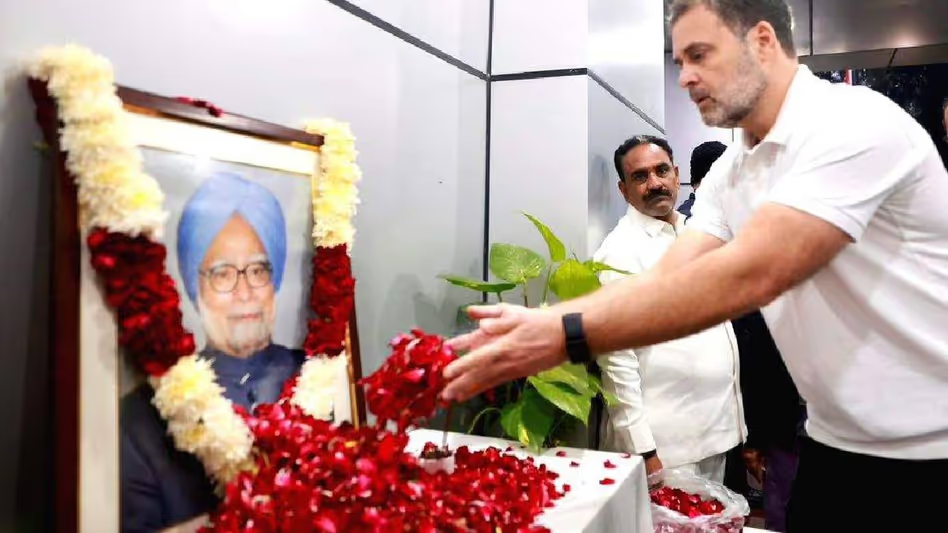
His reforms have had a cascading effect, with India now being the fifth-largest economy globally. Even as Prime Minister later, he continued to emphasize growth and inclusion, solidifying his position as a visionary leader.
Manmohan Singh Family
Dr. Manmohan Singh was a family man, married to Gursharan Kaur since 1958. The couple had three children, including Upinder and Daman. Known for his humility and integrity, Singh’s life exemplified dedication to public service.

He passed away on 26 December 2024, leaving behind a legacy of reforms, resilience, and responsibility. His contributions to India’s economic and political landscape continue to inspire future generations.
